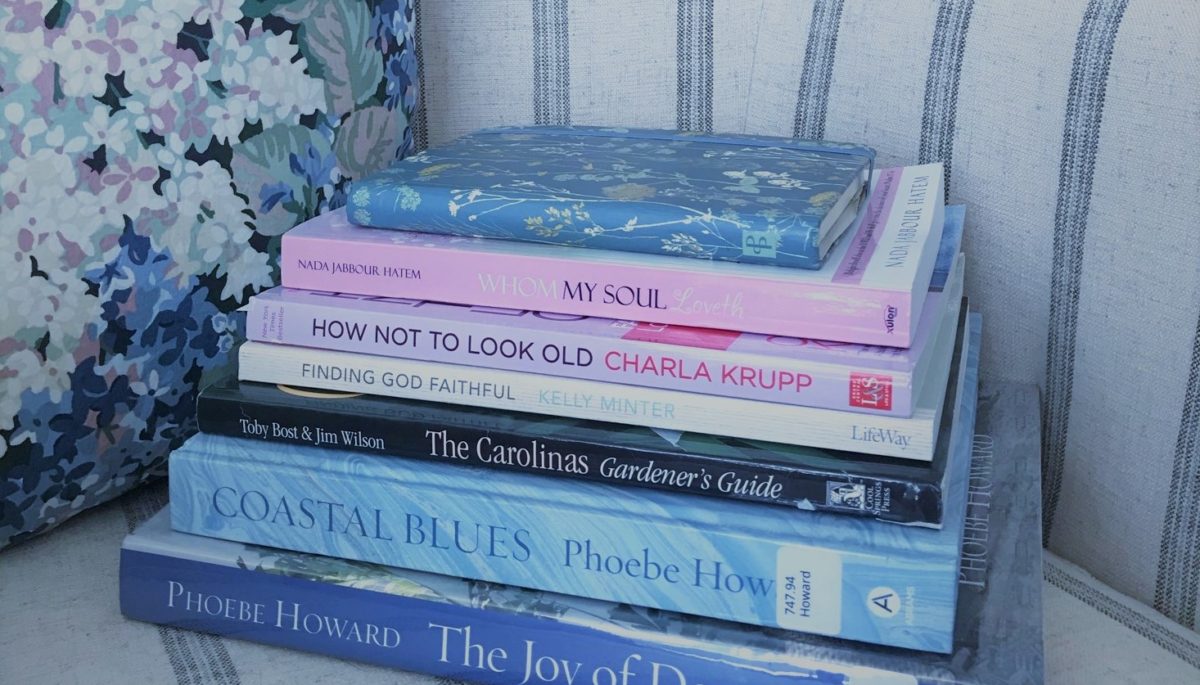
I display these figurines in the springtime. The lamb was my model for a birth announcement drawing.
“The Lamb” by William Blake is probably my favorite poem. I featured it on the front of our first baby’s birth announcement. I don’t know when I first read the poem, but it may have been in my college children’s literature class. The poem is documented in my textbook from that course, Anthology of Children’s Literature, 5th Edition, 1977. Below is “The Lamb” copied from that volume.
The Lamb By William Blake
Little lamb, who made thee?
Dost thou know who made thee?
Gave thee life and bid thee feed.
By the stream and o’er the mead;
Gave thee clothing of delight,
Softest clothing, wooly, bright;
Gave thee such a tender voice,
Making all the vales rejoice?
Little lamb, who made thee?
Dost thou know who made thee?
Little lamb, I’ll tell thee,
Little lamb, I’ll tell thee:
He is called by thy name,
For He calls Himself a Lamb:
He is meek, and He is mild;
He became a little child.
I a child, and thou a lamb,
We are called by His name.
Little lamb, God bless thee!
Little lamb, God bless thee!

I think poems are meant to be enjoyed, not analyzed. Poets have motives and messages, as Blake did, but the beauty and importance of them is in their sound and their wording. For that reason, I will not write on and on about the meaning of this poem. What I will leave you with, as always, is how God’s Word is evident in the poetic verse. God created all life (Genesis 1: 24, 26, 27). God gently tends living things (Psalm 23). Jesus is called the Lamb of God (John 1:29 and throughout the last book of the Bible, Revelation).

What William Blake omitted in his poem is the sacrificial nature of the lamb. The lamb is not always “wooly bright”. Its life was taken as a payment. Then the Lamb of God, Jesus, died as the final and complete sin payment for us. That, and His overcoming resurrection, is the message of Easter!

I love Rutter’s music for this poem!
Ken commented that the poem is set to music by Tavener but I shared with him the Rutter “Mass for the Children.” I also told him about your blog and he writes periodically about sacred music and worship. He’s compiled several CD’s and given them to us.
I especially appreciate the poem set to music. (It’s on one of the CDs I shared with you.). I think the music helps convey even more of the pathos you allude to.
Can’t wait to listen to that. I did not know the poem had been set to music.
You reference the Tavener piece. Another friend, Janet Marney, commented on the poem in Rutter’s “Mass of the Children.” And by the way, she writes a lovely blog called “The Weekly Encourager.”